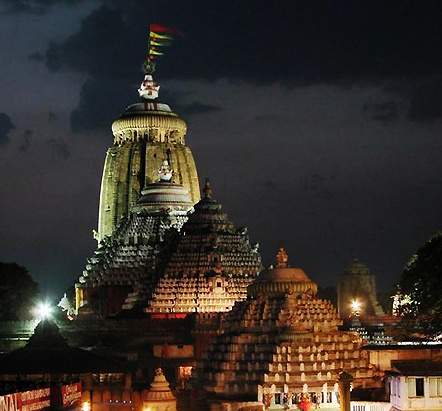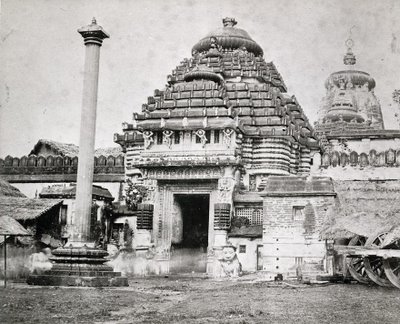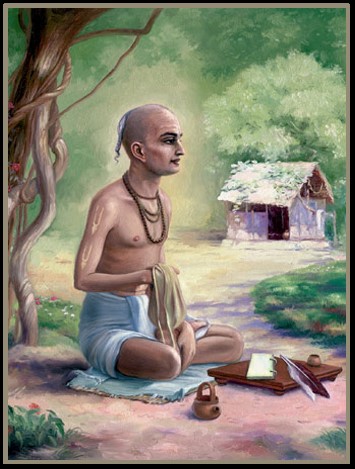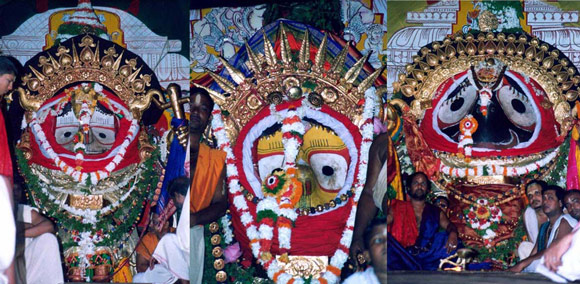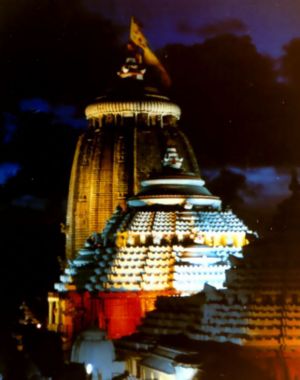
Jagannatha means The “Lord of The Universe”
The main temple structure is 65 meters(214ft.) high and is build on high ground, which makes it look even larger than what it is. The temple complex is having 10.7 acres.
Jagannatha Temple has the largest kitchen in the world and feeds thousands of devotees every day. 1,00,000 peoples prasadam can be prepared in one day and the kitchen can prepare 2,50,000 people on a festival day.
There are 36 traditional communities who render a specific hereditary service to the deities. The temple has as many as 6,000 priests (Pandas).
There is a wheel on top of the Jagannatha temple that consists of an alloy of eight different metals (Asta Dhatus) known as Nila Cakra (blue wheel), it is 11ft 8in high and has a circumference of about 36ft. On Ekadasi day, a lamp is lit near the wheel. Daily a flag is tied on a mast attached to Nila Cakra.
In front of the main temple, there is pillar of height (11m) called Aruna Stambha. It was brought to Puri during the 18th century from the Sun Temple in Konark. Aruna is the charioteer of the Sun God present on top of the pillar.

Patita Pavana Jagannatha
In the passage room of main gate, there is deity of Lord Jagannatha called Patita Pavana (savior of the most fallen). It can be visible from the road, so the “Non Hindus” can take darshana from outside.
There are four gates to the Jagannatha temple as follows:
These are the main entrances to the Jagannatha temple on the Grand Road –
The Eastern Simha-Dvara (lion Gate)
The Southern Asva Dvara (horse gate)
The Western Vyaghra dvara (tiger gate)
The Northern Hasti dvara (elephant gate)
Inside the Lion Gate, in front of the altar of Lord Jagannatha, is a column called the Garuda Stambha. Sri Caitanya Mahaprabhu usually saw Lord Jagannatha from a distance from behind this column. Behind this there is a ditch, which was filled with tears of Lord Gauranga and his handprint is melted into the Garuda Stambha.
“Non-Hindus” are strictly prohibited inside the temple But “if one is not allowed to enter the temple, or if he thinks himself unfit to enter the temple, he can look at the wheel from outside the temple, and that is as good as seeing the Deity within.”(Caitanya-caritamrita Madhya Lila 11.195, Purport).
